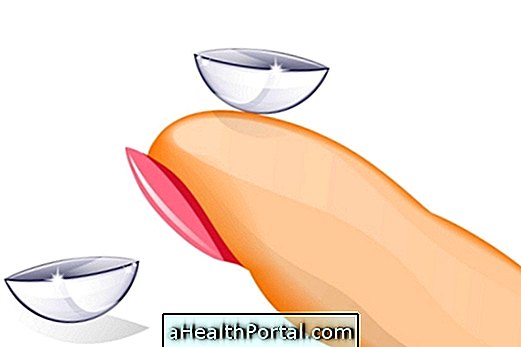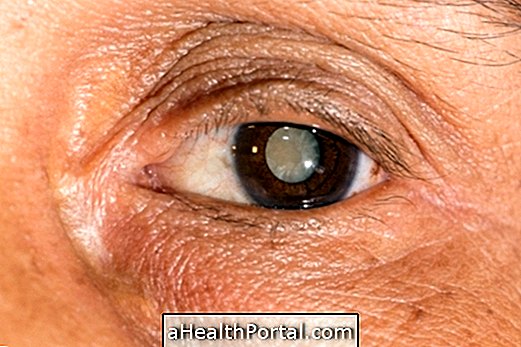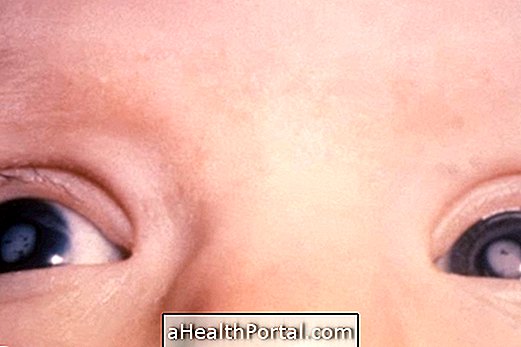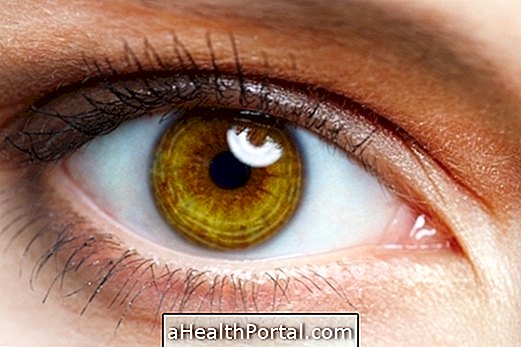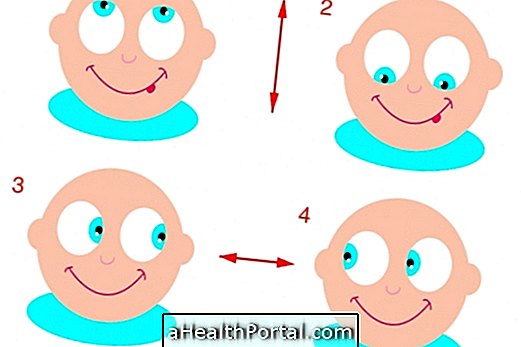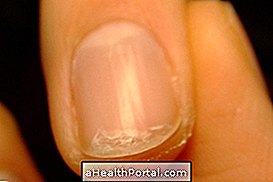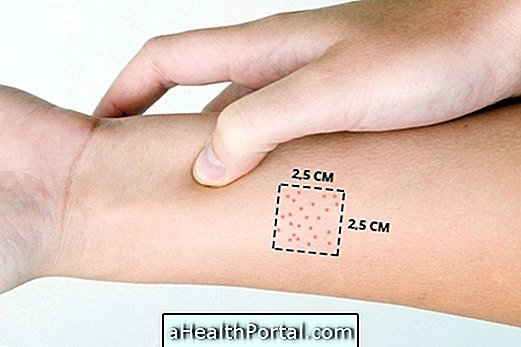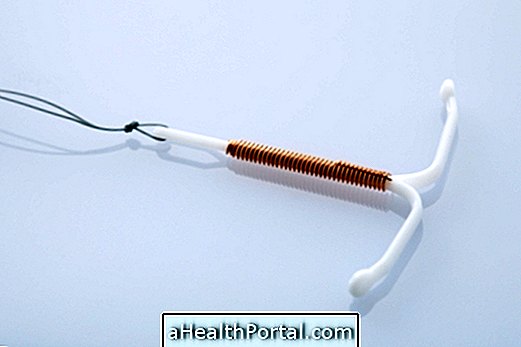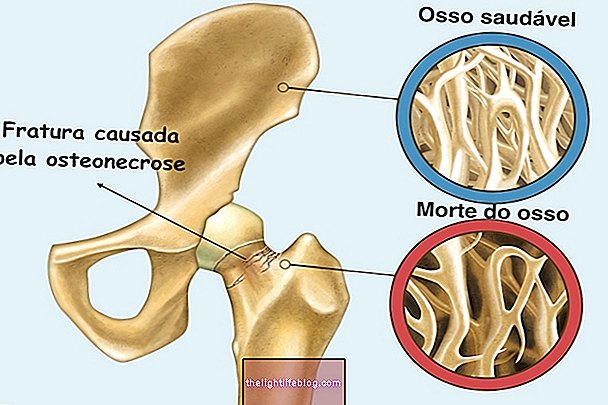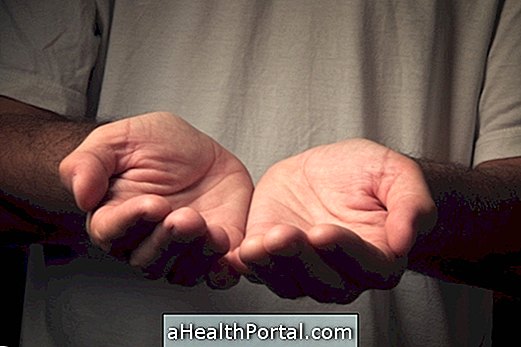The macular hole is a disease that reaches the center of the retina, called the macula, forming a hole that grows over time and causes gradual loss of vision. This region is the one that concentrates the most amount of visual cells, so this situation causes symptoms like loss of central vision sharpness, distortion of the images and difficulty for activities like reading or driving.
After confirming the disease by the evaluation of the ophthalmologist and performing tests such as tomography, it is necessary to perform the macular hole treatment, and the main form is through surgery, called Vitrectomy, which consists of applying a content with gas that allows the healing of the hole.

What are the causes
The exact causes that lead to the development of the macular hole are not fully understood, so anyone can develop the disease. However, some risk factors facilitate its onset, such as:
- Age above 40 years;
- Ocular trauma, such as strokes;
- Eye inflammations;
- Other eye diseases, such as diabetic retinopathy, cystoid macular edema or retinal detachment, for example;
The macular hole develops when the vitreous, which is the gel that fills the eyeball, is detached from the retina, which can lead to the formation of a fault in the region, which causes damage to the affected tissue.
By affecting the retina, which is a very sensitive and important region of the eyes, vision is affected. Check out other important diseases that affect the retina, especially above 50 years of age, such as retinal detachment to macular degeneration.
How to confirm
The diagnosis of the macular hole is made with the evaluation of the ophthalmologist, through the mapping of the retina, associated to the performance of imaging tests such as the tomography of the eye, or OCT, which visualizes the layers of the retina in more detail.
Check how the retinal mapping test is done and what diseases it can identify.

Main symptoms
The symptoms of the macular hole include:
- Reducing the sharpness of the images in the center of the view;
- Difficulty in seeing, especially during activities such as reading, driving or sewing, for example;
- Double vision;
- Distortion of images of objects.
The symptoms appear and worsen as the macular hole grows and reaches larger areas of the retina and may not cause symptoms in the early stages. In addition, only one or both eyes may be affected.
How to treat
The treatment of the macular hole depends on its degree and severity, because in the earlier cases, only observation can be indicated.
However, in cases where there is lesion growth and presence of symptoms, the main form of treatment is through Vitrectomy surgery, which is done by the ophthalmologist by removing the vitreous, and then applying a gas inside the eye, which is able to relieve the pressure that causes the hole, aiding the closure and healing.
As time goes by, the formed gas bubble is reabsorbed by the body and it naturally dissolves, without the need for new interventions. Postoperative recovery can be done at home, with rest, application of eye drops and positioning of the eyes in the manner directed by the physician, and the vision is recovered over the days, while the gas bubble is reabsorbed, which can last for 2 weeks to 6 months.
